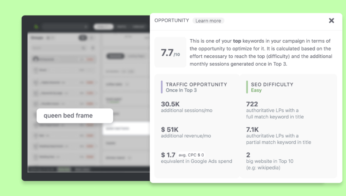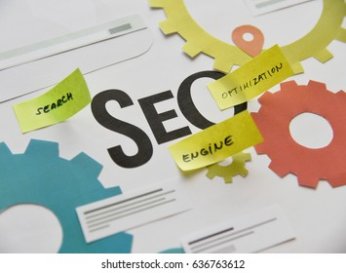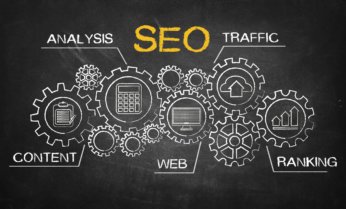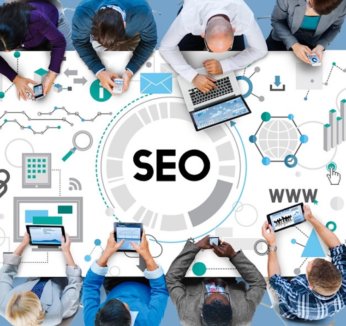Insights from our recent State of SEO Survey report show that although the last year began with uncertainty across the industry, SEO is now more in demand than ever before.
Even so, it is not without its challenges. What issues are SEO professionals facing — and moving forward, what are the threats that might block success?
We surveyed over 2,800 SEO professionals about their experiences in SEO over the last 12 months. Keep reading to find out:
What the biggest challenges were in the last 12 months.
Whether SEO results trended better or worse over the last year.
What SEO pros perceive as the industry’s greatest threats in the years ahead.
What Were the Biggest Challenges in SEO Over the Last 12 Months?
At the start of the pandemic, there was a lot of uncertainty for everyone as businesses tried to navigate an unprecedented situation rife with real-world shutdowns, a near-instant shift to digital, and massive changes in consumer behavior.
As the pandemic unfolded many businesses had to pivot quickly in order to survive. Some struggled while others thrived as digital and ecommerce growth accelerated by several years.
Early in the pandemic, budget cuts were the biggest challenge for SEO professionals, as indicated by 37.6% of survey respondents.
Strategy issues (34.8%) were also a significant challenge in the SEO industry, as was a lack of resources (32.9%).
Read more: The Greatest Challenges & Threats in SEO








